8 (More!) Activities for Promoting Empathy in Your Students
September 20, 2022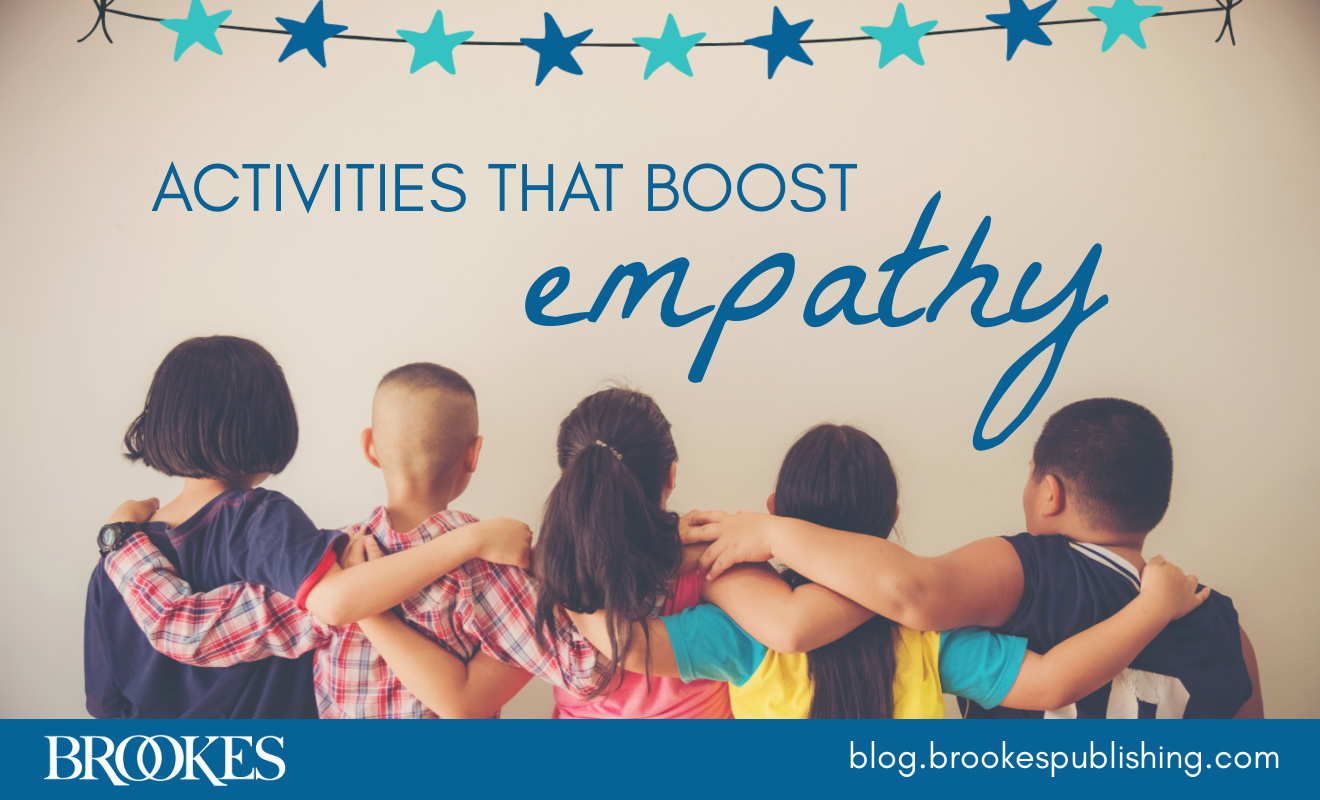
One of our most-read blog posts is this collection of 5 Activities for Building Empathy in Your Students. That’s not a surprise—the world could use a lot more empathy, and teaching students this critical skill in the early grades is one of the best ways to ensure that they become empathetic adults.
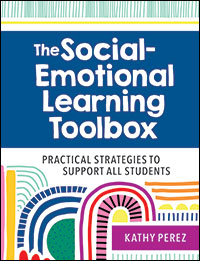 Today’s post brings you more tips and activities for promoting students’ empathy in Grades K-5. Start by teaching your students the foundational 5 Steps to Cultivate Empathy, adapted from The Social-Emotional Learning Toolbox by Kathy Perez. These are steps that can help them build awareness of other feelings and perspectives during an interaction with another person:
Today’s post brings you more tips and activities for promoting students’ empathy in Grades K-5. Start by teaching your students the foundational 5 Steps to Cultivate Empathy, adapted from The Social-Emotional Learning Toolbox by Kathy Perez. These are steps that can help them build awareness of other feelings and perspectives during an interaction with another person:
Watch and Listen: What is the other person saying, and what does their body language convey?
Remember: When did you feel the same way?
Imagine: How does the other person feel? How would you feel in that situation?
Ask: Ask what the person is feeling.
Show You Care: Let them know that you care through your words and actions.
Next, promote your students’ empathy by conducting these powerful, low-cost activities with them, also adapted from today’s featured book.
Video-Clip Chats
Using brief video clips of children’s favorite television shows or movies can help teach empathy to even the youngest of students. Viewing these clips allows students to experience what’s happening with other people’s feelings, even if they are fictional characters. An example of this is the film Wonder, which has led to many meaningful discussions in classrooms as children share their thoughts and feelings. Using video clips helps students learn how to communicate openly and honestly about real-life situations in a risk-free way.
Empathy Maps
This is a good strategy for promoting deeper understanding of how our words and actions connect to our thoughts and feelings. Have students create Empathy Maps that are divided into four sections: Think, Feel, Say, Do. To model this, you can draw a large circle on the whiteboard or poster and label it “our class.” Then divide it into quadrants: think, feel, say, do. Give each student four sticky notes to write down the following:
- One emotion they sometimes feel
- A thought they connect to that emotion
- An action they take when they have that feeling
- Something they might say
Leave the chart or the board up and have students add to it as they think of new emotions and feelings.
Listening Circles
This community-building activity provides your students with an opportunity to hear different perspectives about feelings, which can build a sense of empathy. Ask the class questions like:
- Who do you look up to most and why?
- What advice would you give yourself today? Why?
Balloon Bonanza
For this hands-on activity, bring balloons to school and pass out one balloon to each student. Ask the kids to blow up their balloon and then each write their name on it. Next, students should toss the balloons around and create a batch of balloons in the center of the classroom. Mix the balloons up and give the students a minute to find the balloon with their name on it. Students often find they can’t locate their own balloon—when this happens, tell them to take the balloon closest to them and give it to the person whose name was on it. In a few minutes, everyone will probably have their own balloon back. Close the game by explaining to them, “Balloons are like happiness. No one will find it looking for theirs only. However, if everyone cares about each other’s, they will find theirs as quickly as possible.”
Construction Paper Crumple
Instruct the children to select their favorite color of construction paper. Ask them to write down positive adjectives that describe the paper and how it makes them feel. Then ask them to crumple, rip, or step on the paper. This now becomes a visual, tactile exercise and a learning opportunity as they realize that when they are rude or unkind to others (like the paper) it has a lasting impact. Discuss their feelings after the activity.
Empathy Book Trailers
Sharing stories is a powerful and positive way to promote empathy. After reading a book of their choice, students can create a brief book trailer to promote it with their peers. Ask the students to focus on the experiences of one of the main characters in the book by synthesizing events in the character’s life. Help students make the connection with empathy for the character as they create deeper understanding of their own feelings and thoughts for others.
Happiness Boards
Encouraging students to share vulnerabilities and dreams is a way to get them to show and learn empathy. Making a happiness board is a useful way to help students share these personal details. Students create collages of positive memories, hopes, and dreams by cutting pictures out of magazines. The boards can also contain a list of memories or moments that made them feel proud, goals they have for their life, and people they admire. (You can also create your own happiness board as a model for the students.) Display the collages around the classroom and have the students do a gallery walk to look at each other’s happiness boards. Discuss with them the similarities and connections they see between their own happiness board and those of their classmates.
Feeling-Word Writing Prompts
Having students express their feelings in writing can be an excellent tool for children to develop the skills to express empathy. The purpose of the writer’s notebook is to express personal reflections around feelings and think about how our feelings impact our decisions and interactions with others. To get your students started, place a feeling word at the top of the paper, have the children illustrate that feeling, and then have them write about a time they felt that way and what they did.
Use the activities in today’s post to help your students strengthen one of the most critical social-emotional skills. And for classroom-tested tips and techniques that help any teacher make social-emotional learning (SEL) an integral part of each school day, check out the introductory guidebook that inspired today’s post.

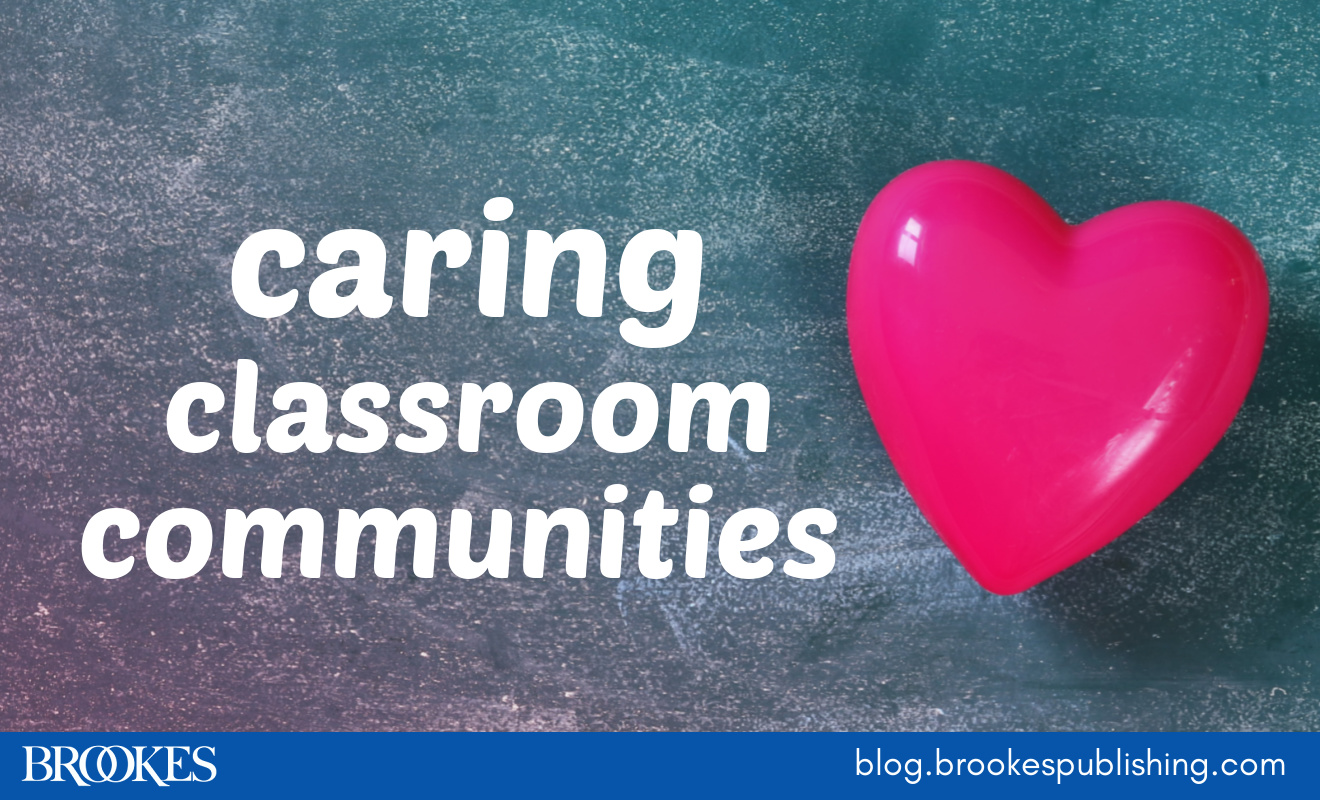
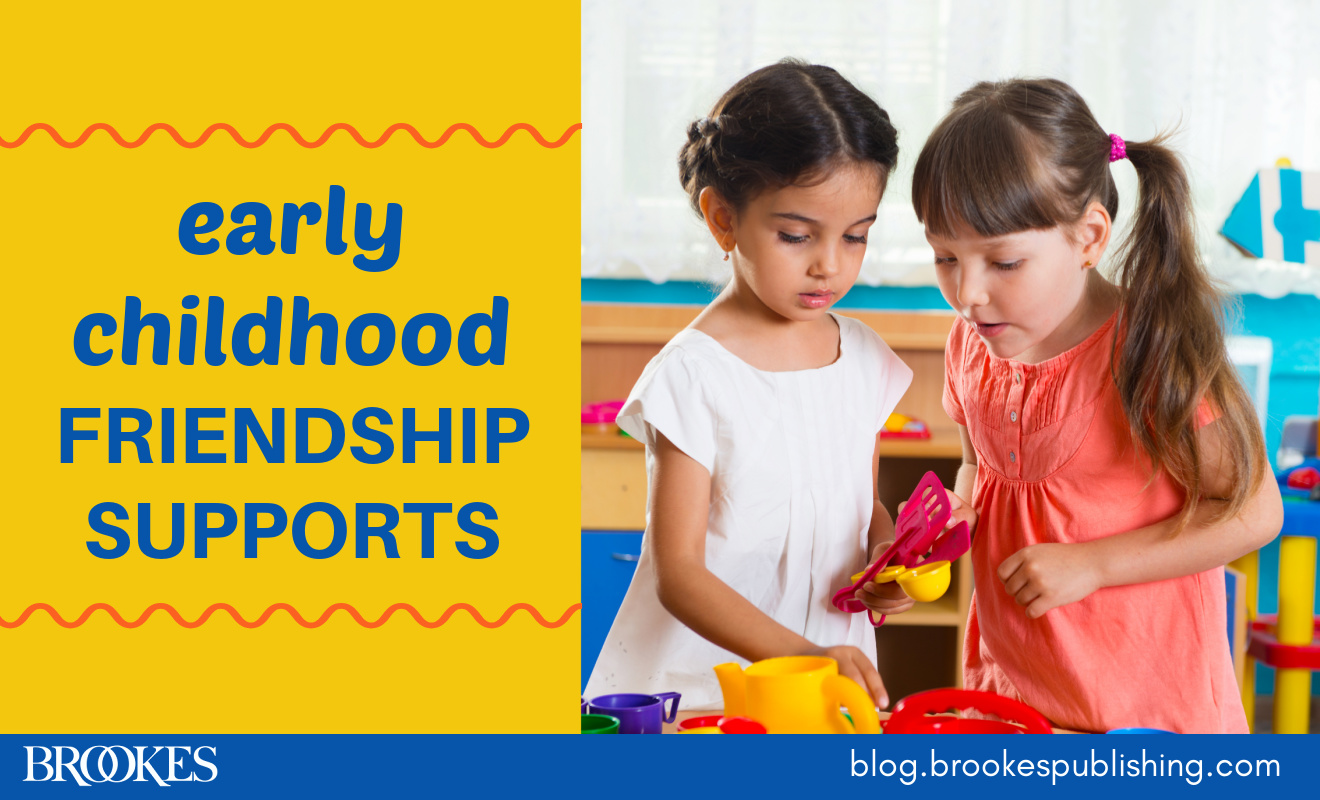
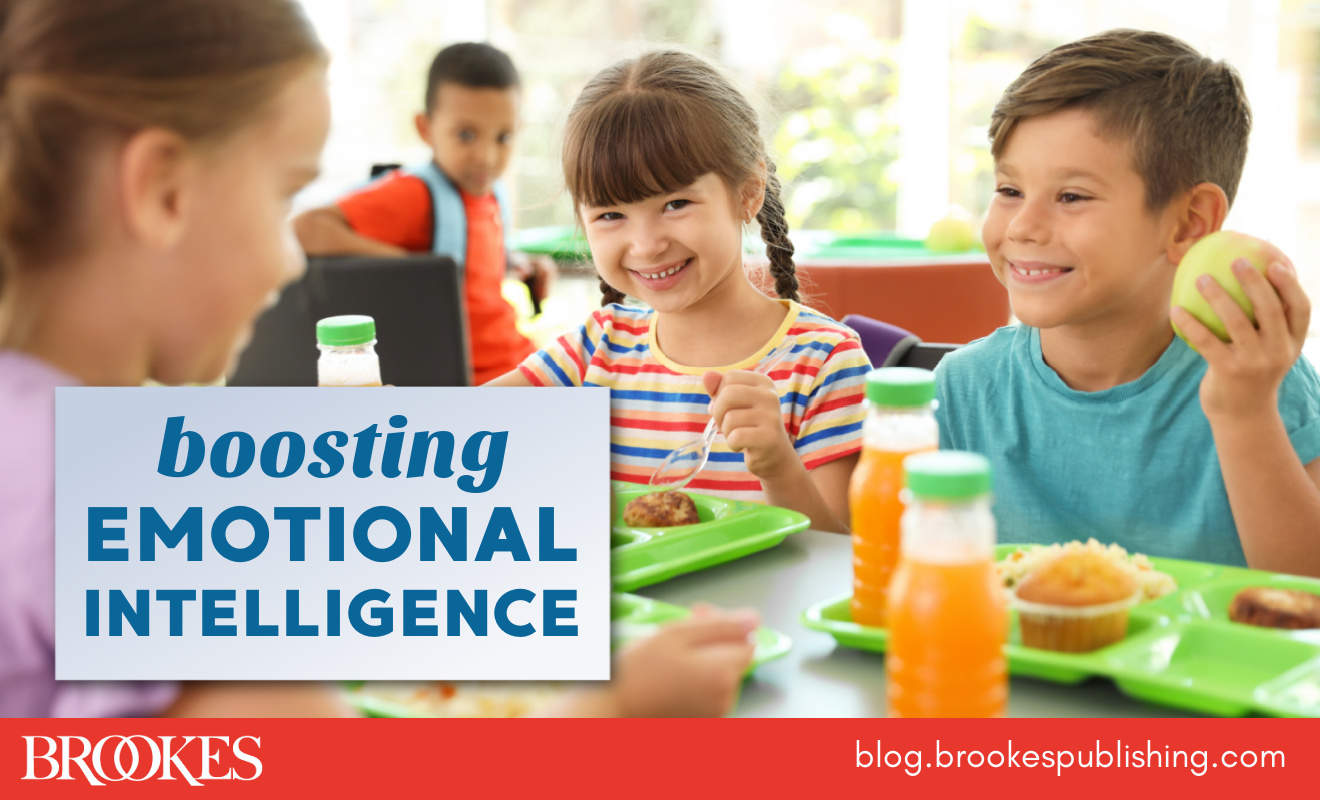
Write a Comment
Your email address will not be published. Required fields are marked *
Post a Comment